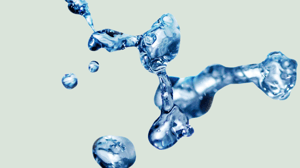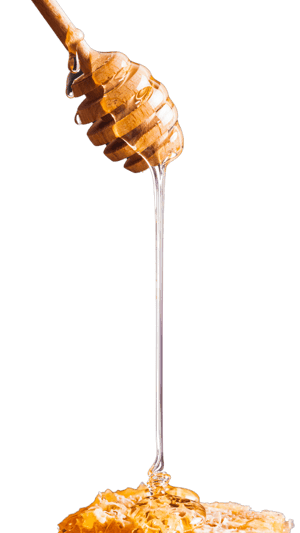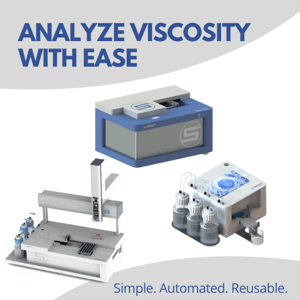
What is Viscosity?
"A Fluid's Resistance to Flow"
Viscosity is often referred to as the thickness of a fluid. You can think of water (low viscosity) and honey (high viscosity). However, this definition can be confusing when we are looking at fluids with different densities.
At a molecular level, viscosity is a result the interaction between the different molecules in a fluid. This can be also understood as friction between the molecules in the fluid. Just like in the case of friction between moving solids, viscosity will determine the energy required to make a fluid flow.
How do we measure viscosity?
Viscosity can be measured using various methods from do-it-yourself methods to manual viscometers to semi-automated and automated viscometers available to purchase. (Watch our webinar on the different types of viscosity!)
DIY Method to Measure Viscosity
You can think of viscosity as various types fluids taking different times to, for example, pour out of a cup. Low viscosity fluids, like water, will pour out of a glass in a fraction of a second and take the shape of the receiving container just as quickly. On the other hand, a high viscosity fluid like honey would take minutes to pour out and the interface between honey and air would take just as long to settle. Looking at the time moving the fluid takes, we can try to establish which of those two fluids is more viscous. This time-based measurement is what we refer to as kinematic viscosity: how fast does a fluid flow for a given force applied to it. In our example, the applied force is gravity.
Another way to think about viscosity measurements is using a piston or syringe. Imagine that you have a very low viscosity fluid, like water, inside a syringe. You can probably push the fluid out easily using your fingers. However, if you have honey inside the syringe, you better have a pretty sturdy syringe and would likely require some additional mechanical system to help you apply enough force to push the honey out of your syringe. In this case we have applied and measured necessary force to make the fluid flow. If we select a fixed amount of time we want to take for the injection, or the injection rate, and measure the force or stress, the resulting measurement is what we call dynamic viscosity.

Using Viscometers
The number of methods and types of viscometers used to measure viscosity is quite large and the history of viscometry goes back a long time. In general, we can narrow down the options by analyzing their base principles. Described above, viscosity measurements are often distinguished as either kinematic or dynamic. While relative viscosity can give you a general number, tools that can measure dynamic viscosity or absolute viscosity have been refined and proven to provide more reliable and accurate measurements. This is because absolute viscosity is given instead of values that compare fluids to one another. Powered by VROC® technology, RheoSense viscometers provide reliable and repeatable dynamic or absolute viscosity measurements.

.jpeg?width=300&name=Woman%20scientist%2c%20documents%20and%20hands%20writing%20_575258496-min(1).jpeg)


.png?width=300&name=What%20is%20Viscosity%20Video%20(1).png)




